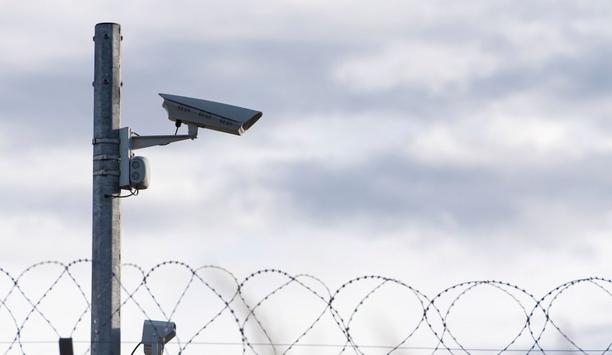Airports and ports are subject to a tough balancing act when it comes to security measures. On the one hand, these locations must maximise the movement of passengers and cargo to ensure a happy customer experience, while at the same time exercising security measures that will ensure their safety.
Access points in transport hubs
Airports and ports are large areas with many access points, a necessity to facilitate the efficiency needed to handle the large volumes of traffic they generate. This accessibility is also their Achilles heel in the eyes of would-be terrorists, smugglers, and thieves.
Herein lays the conundrum. People want to travel without fear of falling victim to attack, but security cannot be so invasive that it makes travel unpleasant. Vanderbilt’s solutions respond to the agility, adaptability, and dependability that this sector requires and facilitate free movement while allowing for effective safeguarding measures. Vanderbilt’s ACTpro is a PC-based access control system that eliminates the need for traditional keys, instead utilising cards and tokens to gain access
Access control scenarios for ACTpro
For instance, Vanderbilt’s ACTpro is a PC-based access control system that eliminates the need for traditional keys. Instead, it enables authorised individuals to use a card or a token to gain access to protected areas. Staff appreciate that the cards mean they need to carry fewer conventional keys and can gain prompt access to vital areas. If a tag or card is lost, it can easily be disabled by the system, ensuring a high-security level.
So, what are some access control scenarios that ACTpro can provide against at airports and ports? To name a few, tailgating, hierarchy rights, and allowing for holding areas between doors.
Coupled with ACT Enterprise software, ACTpro provides a vast array of integrations. Specifically, this can be used to provide unrivalled protection against ‘tailgating’ through interaction between badge systems and video surveillance cameras.
Hierarchy of access privileges
The access status at airports and ports can vary greatly depending. For example, flight crew require different access rights compared to terminal retail staff, maintenance staff, or emergency staff. ACTpro, coupled with ACT Enterprise, can provide this strict hierarchy of access privileges based on seniority and job function.
The ACTpro system also includes the ability to execute ‘airlock’ or holding areas between pairs of doors. This means the doors cannot be opened simultaneously except in emergencies when a supervisor activates an override. This function helps defeat concerted intrusion attempts. In addition, the software provides invaluable health and safety abilities for fire mustering.

















